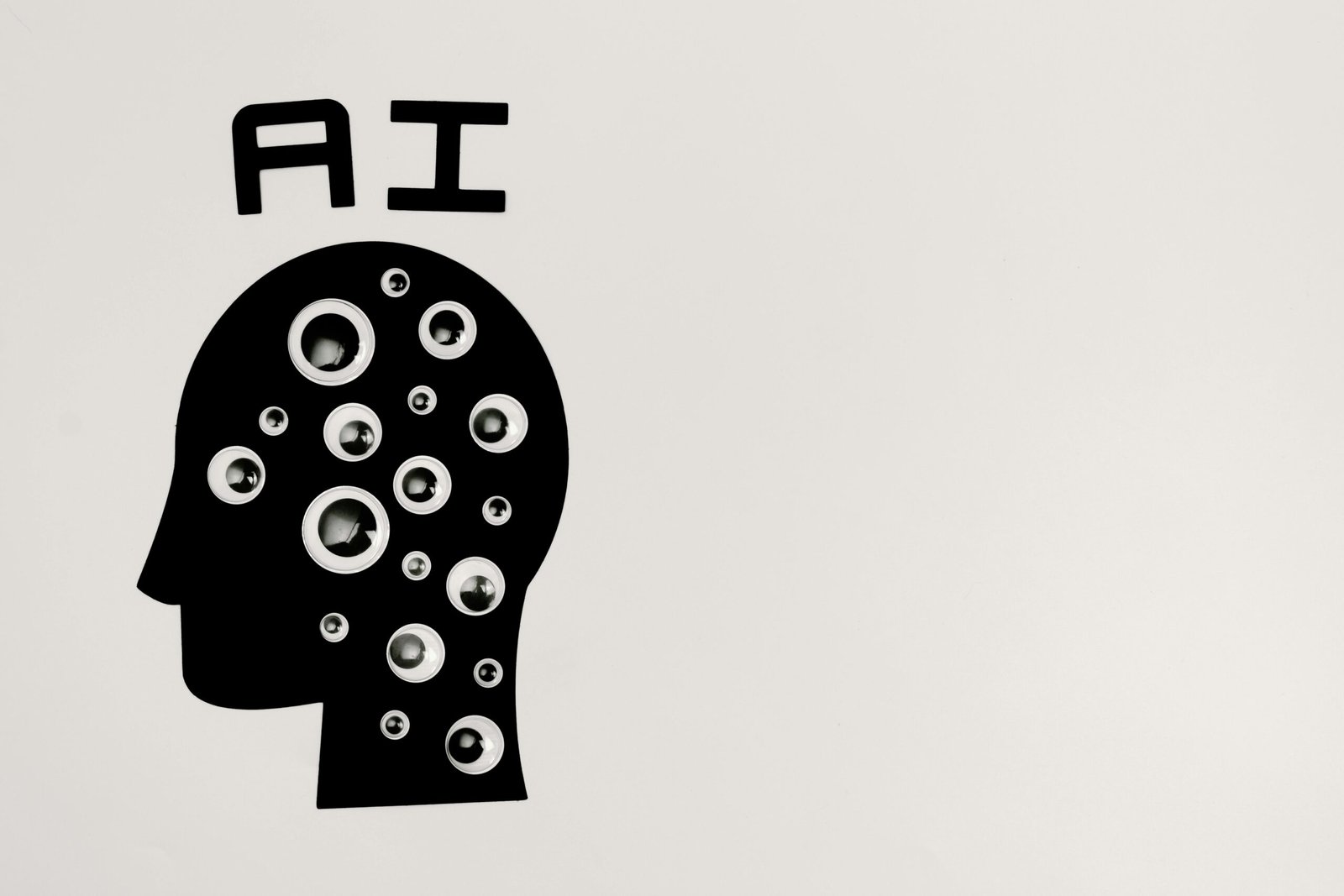Orgs Demand Action to Mitigate AI’s Environmental Harm
AI’s Environmental Crisis: A Call to Arms
Over 100 organizations have united to sound the alarm on AI’s environmental toll. In an open letter, they demand immediate action from the AI industry and regulators to curb the tech’s harmful impacts. This urgent call comes just days before global leaders, CEOs, and academics gather in Paris for a major AI conference.
“AI can never be a ‘climate solution’ if it runs on fossil fuels.”
Open Letter Signatories
The Stark Reality of AI’s Carbon Footprint
The letter, backed by heavyweights like Amnesty International and the AI Now Institute, highlights the “increasing evidence” of AI systems driving up emissions, locking in reliance on non-renewables, and exhausting critical resources. Yet, as the tech sector and governments pour billions into AI development, little is being done to address these environmental externalities.
- Fossil Fuel Dependency: AI infrastructure, including data centers, must transition to renewable energy. The current rush to build AI infrastructure is straining electric grids, forcing utilities to rely on coal and other environmentally harmful power sources.
- Skyrocketing Energy Consumption: Global data center electricity consumption could double to over 1,000 terawatts by 2026 — equivalent to Japan’s annual electricity use, according to the International Energy Agency.
- Water and Land Depletion: Data centers, often spanning millions of square feet, require massive amounts of water for cooling and maintaining safe humidity levels. For example, if 1 in 10 U.S. residents used ChatGPT to write an email weekly, it would consume over 435 million liters of water.
The Human Cost of AI Expansion
The letter underscores that the communities most vulnerable to climate change are also the first to suffer from AI’s environmental harms. These communities often have the least say in AI’s development, yet bear the brunt of its consequences.
“We must move beyond viewing technological progress as inherently beneficial or limitless, and instead prioritize AI processes that contribute meaningfully to society while minimizing environmental and human harm.”
Open Letter Signatories
The U.S. Stance: Growth at Any Cost
Despite these urgent calls, the U.S. — home to most major AI companies — has signaled its intent to prioritize growth over sustainability. President Donald Trump has vowed to fast-track environmental approvals and permits for companies investing $1 billion or more domestically, including those building coal-powered data centers.
The Bottom Line
The signatories assert that their demands are the “bare minimum” needed to mitigate AI’s environmental harm. The clock is ticking, and the stakes couldn’t be higher. Will the AI industry and governments rise to the challenge, or will they continue to prioritize profit over the planet?



